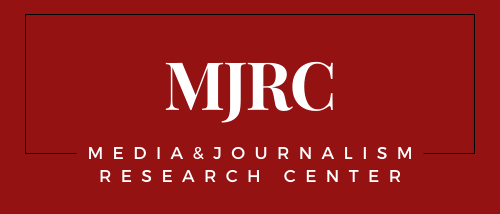Battle for Ad Revenue in Colombia’s Tech and Journalism Sectors Heats Up
The media in Colombia face more competition and obstacles than before, according to a new report published today by the Media and Journalism Research Center.
Access and use of ICT have progressively improved in Colombia, but they are far from optimal, according to a new report published today by the Media and Journalism Research Center. “The most concerning aspect overall is the difference between urban centers and rural areas. The gap is significant and seems to be far from closing,” wrote the authors of the report, a team led by Gabriel Levy Bravo.
For example, cable television is the most used in urban areas, but in rural areas and small towns, open television is preferred. The percentage of households with desktop computers, laptops, or tablets in Colombia is 37.9%. In rural areas, mobile connection, which 75% of the total population has access to, is more popular. The fixed and mobile internet market is dominated by Claro, Tigo, and Movistar.
Some 94% of the internet users between 16 and 64 years old who use social media platforms prefer WhatsApp, followed very closely by Facebook with 91.7% and Instagram with 84.4%, all belonging to the Meta conglomerate.
Although the country is more connected and citizens have more options than ever before to consume information, the media do not have it easy. Tensions over advertising revenue have been exacerbated due to the role of conglomerates like Meta and Google. The media face more competition and, in many ways, more obstacles than before.
According to the report, “successfully overcoming those challenges is key and depends on their ability to stay afloat economically and to earn or regain the public’s trust, especially in times when disinformation and fake news are everyday realities.”
The report is a collaboration between the Media and Journalism Research Center, OBSERVACOM, and the University of Santiago de Compostela.
Read the full report here.
To access the Colombia page in the project, click here.
Photo by Jorge Gardner on Unsplash
Support independent media research – your donation helps keep our work open.
Donate
